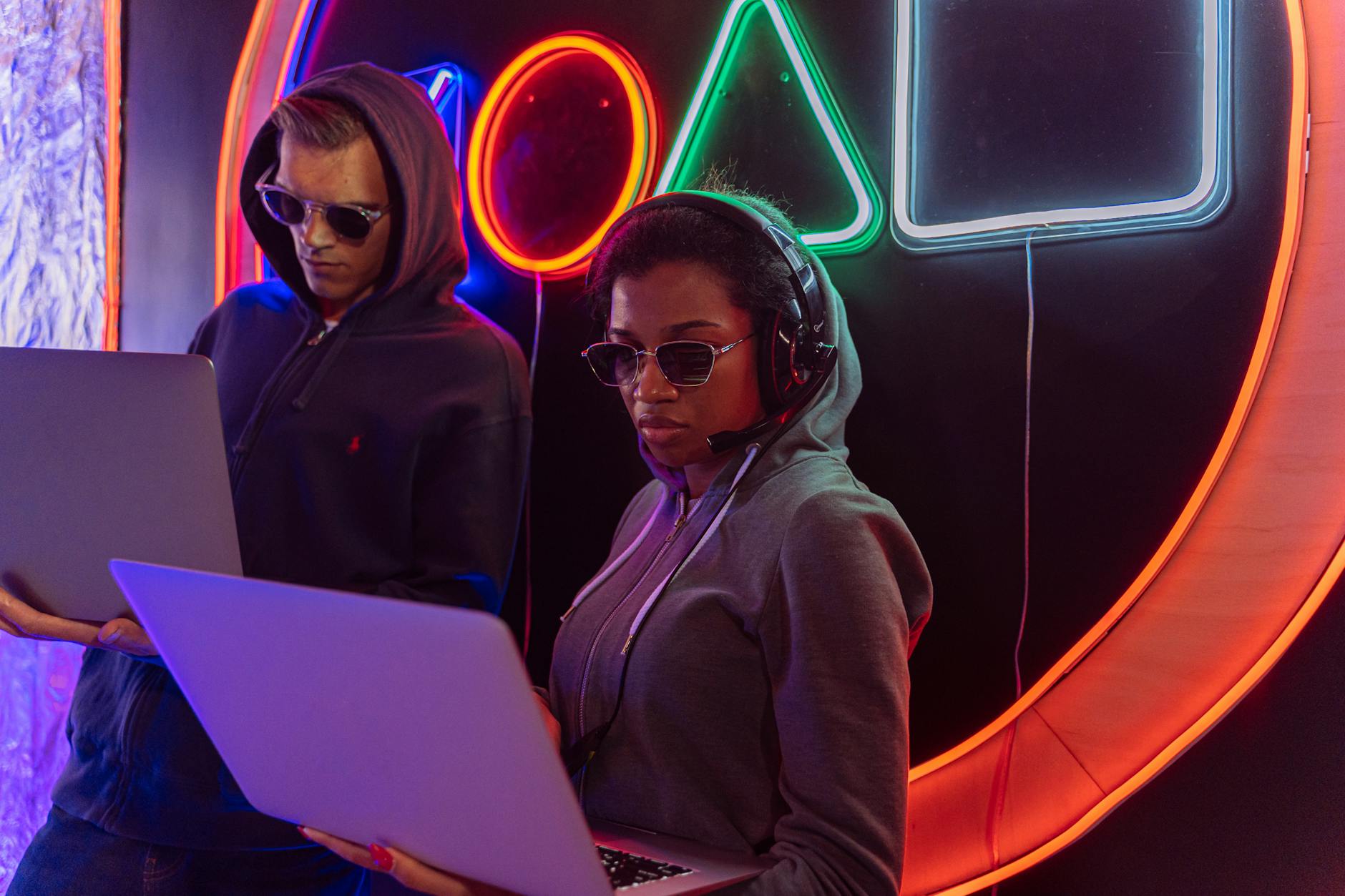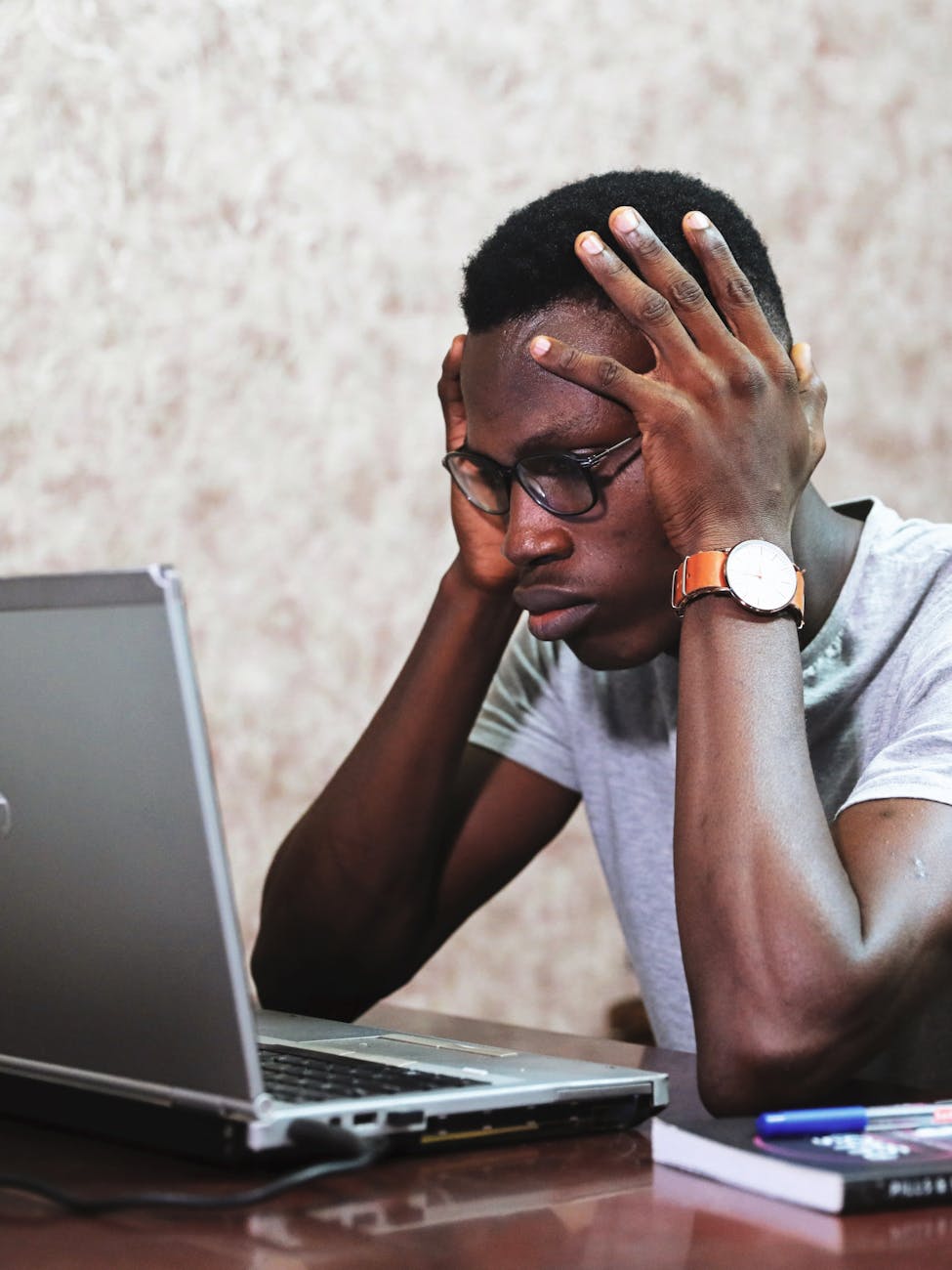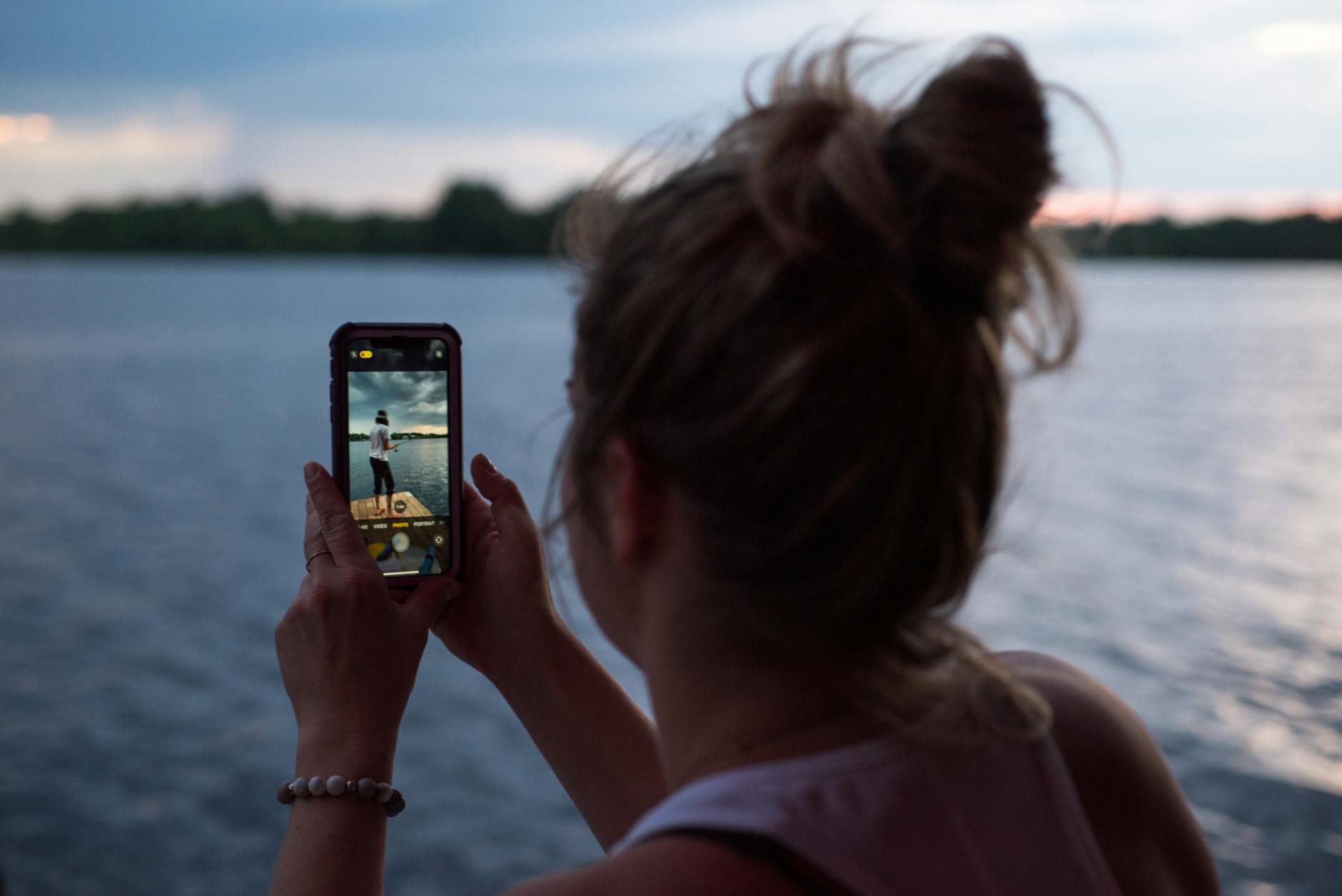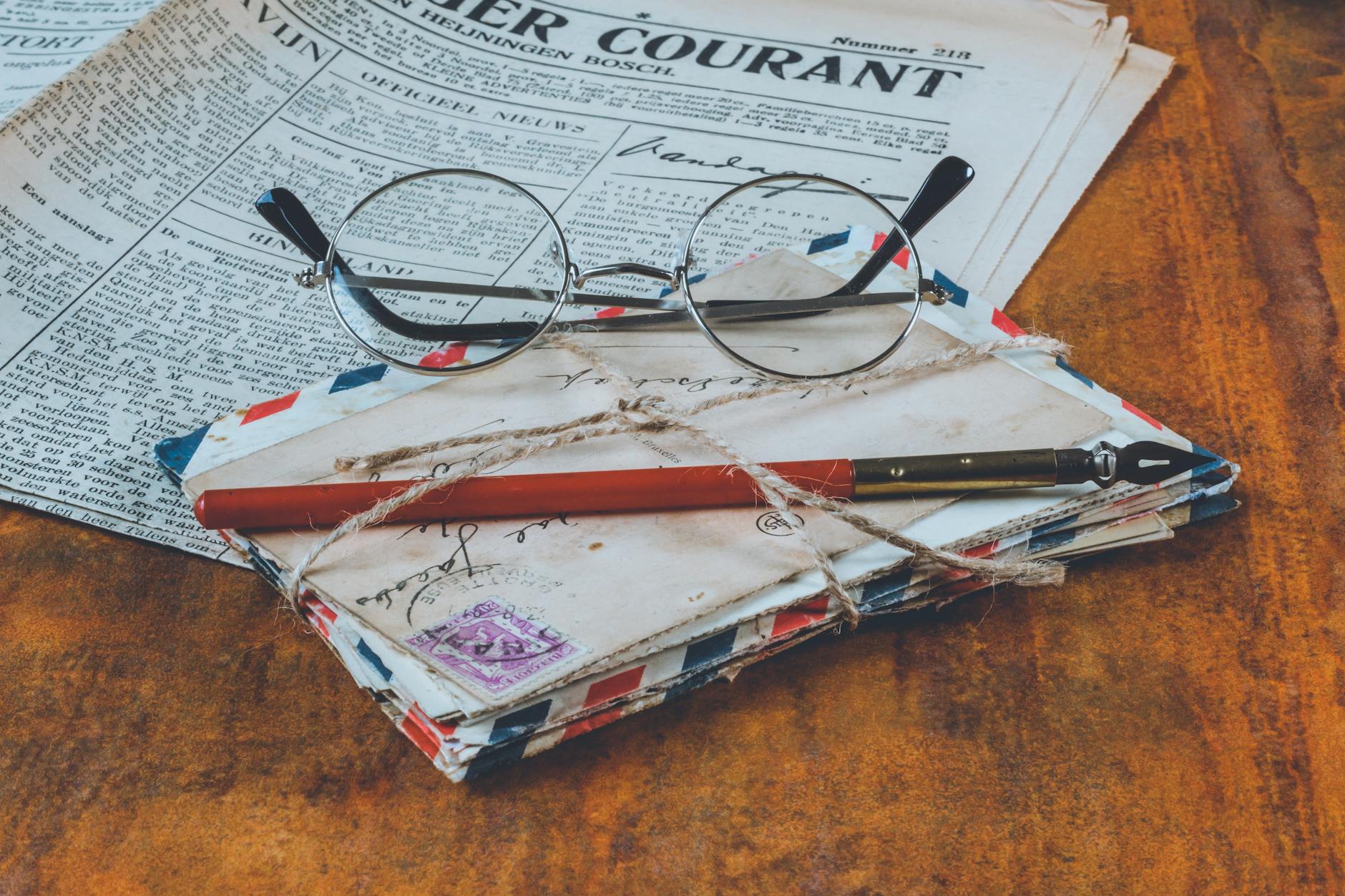OK been playing with these cameras for a month now and figuring out what the best mode is. The first consideration is that you really want the highest resolution and also the lowest noise for each.
Aperture Priority and Base ISO in good light
There seem to be two really good settings for this. The first is setting the cameras in aperture priority at the base ISO. I normally do this when there is plenty of light because you want to run at the highest possible dynamic range and that is normally at the base ISO of the sensor. This is ISO 100 for the A7R3 and 125 for the RX100. Any lower and these are really artificial and using digital processing to get lower.
The second is to look at each lens and figure out where their maximum resolving power is, most lenses are best stopped down, so a f/1.4 lens usually loses vignetting by f/4. If you go any higher, then diffraction efforts lower resolution. This is true for the Zeiss Batis 24mm F/2 and the Sony Leica 50mm F/1.4. You have to look at the Imatest figures to really understand this, but the idea is to set it for a low ISO and then a medium aperture.
Manual mode with Max ISO in low light
The problem is low light makes things more challenging. But in low light, you want to find the slowest shutter speed where the stabilization works. For the Sony A7R with 4 stops of stabilization, I’ve found you can hold it pretty well down to 1/30 second and the RX100 I leave at least 1/60 handheld.
Then you want to set manual aperture to the widest that you dare, that is as wide as you can without losing too much resolution. For the 50mm F/1.4, that’s about f/2.8 and the F/2 is F/3.5. Things are more complex with the zoom on the RX100, but normally when I’m shooting dark, I don’t try a big zoom, so with 24mm at F/1.4, I leave it at F/2.8.
Finally, you want to set the ISO range. (The manual mode in modern cameras should really be called Auto ISO). For the R7R3, it is remarkable, but it is very clean up to ISO 3500, so you can leave it at ISO 3200 or 4000 if you like.
The RX100 only has a 1″ sensor, so that limit is more like ISO 800, but that is still way better than a phone where typically it is horrible by the time you get to ISO 400. Net, net, when it’s dark, you will want to have a bigger sensor.
In interesting note is that with action cameras, their low light performance is also terrible, but if you need an action cam that works well in low light, then get the expensive Sony RX0, it has a 1″ sensor and is good to ISO 400.




